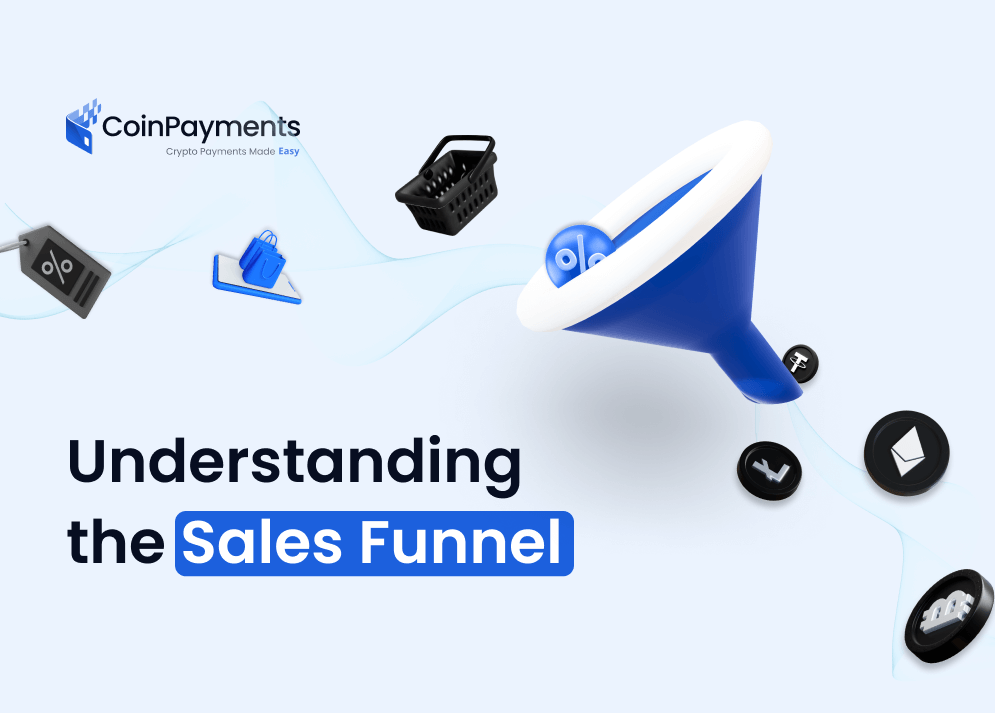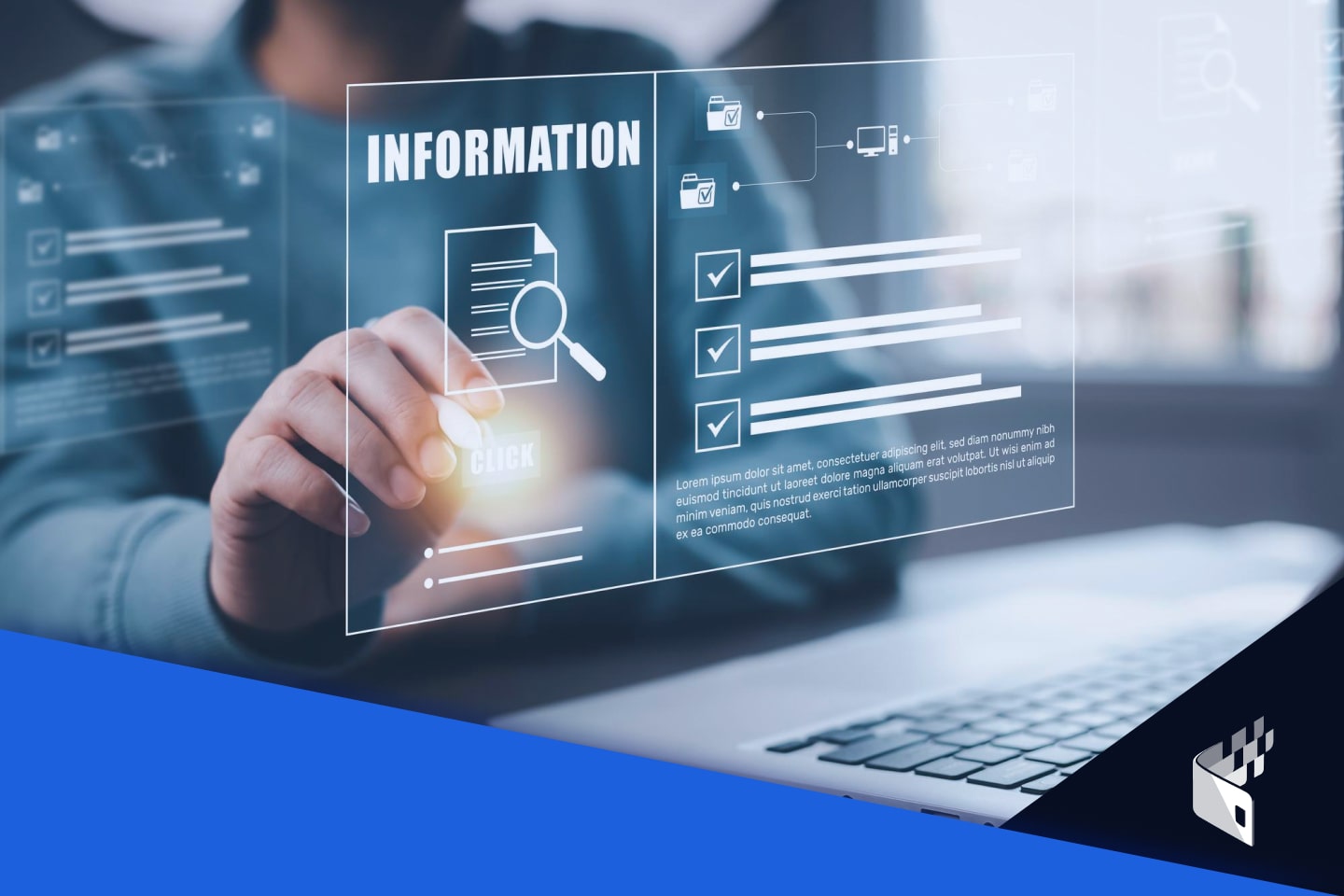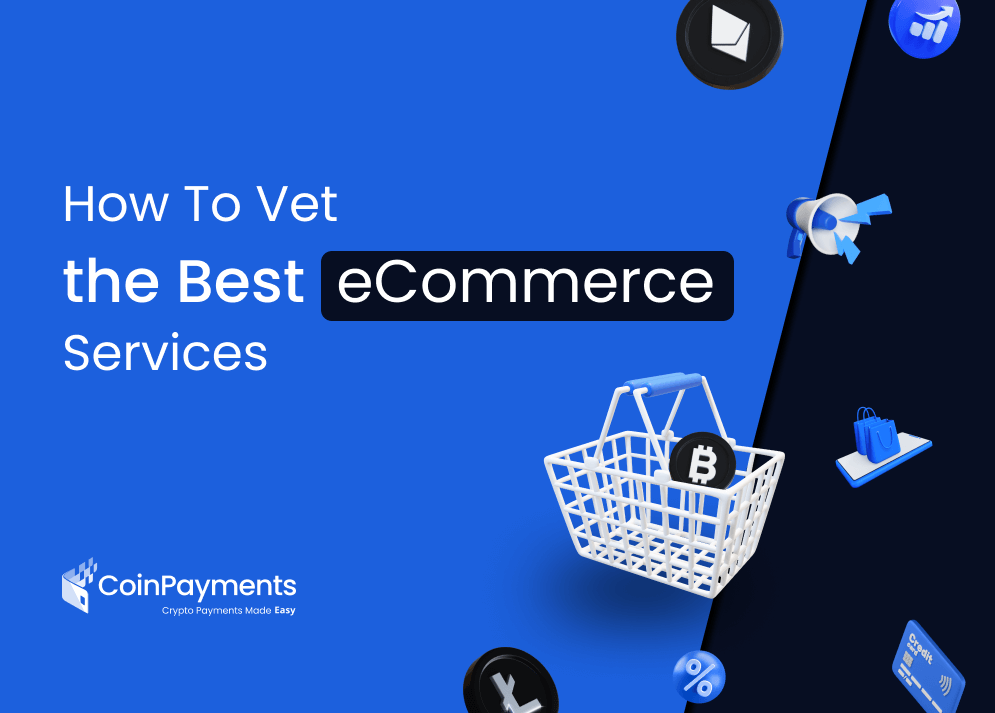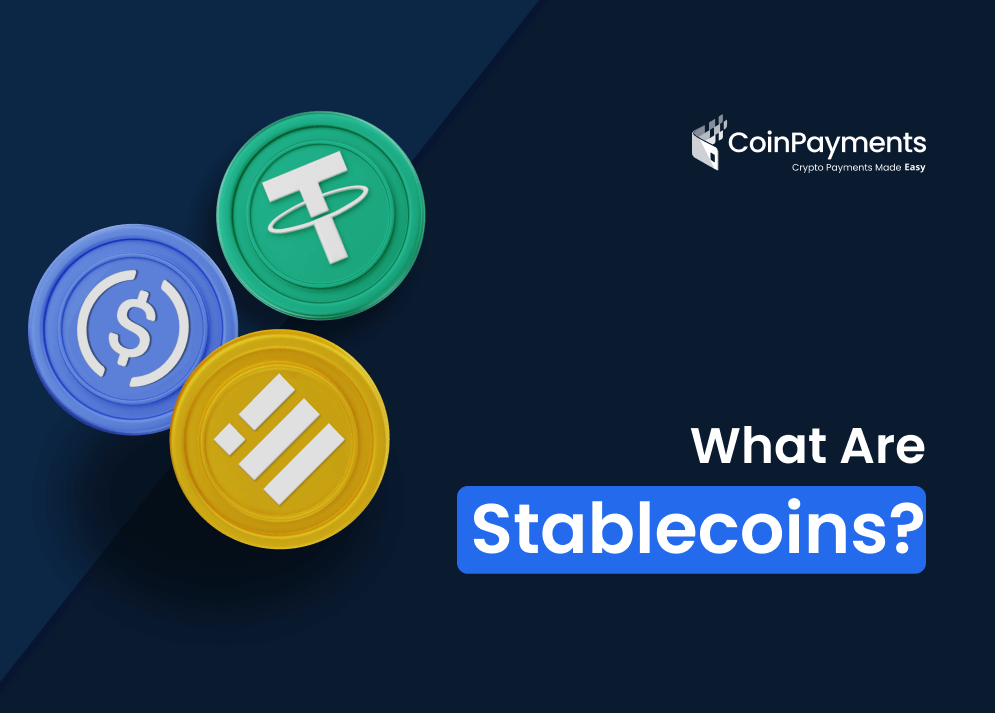
When any customer goes through a journey from discovering a brand to purchasing a product, they proceed through a sales funnel. Understanding the sales funnel is a crucial part of running a successful online business, especially if your eCommerce store relies on selling products to many different people.
However, understanding the sales funnel is a lot different than mastering the sales funnel. This guide will break down how you can do both by first explaining what the sales funnel is and how it works. Then, we will break down how you can make and leverage a sales funnel for maximum success.
What Is the Sales Funnel?
In a nutshell, a sales funnel is a metaphor for a customer’s journey “through” your brand, from discovery all the way to making a purchase.
Imagine a classic funnel shape where the narrowest part of the final is pointing downward. The funnel shape begins relatively wide, then narrows as you look down the funnel. This represents how most people who respond to your ads or visit your store (also known as “leads”) will not make a purchase. Only a small percentage of total leads will make it all the way down a funnel to buy something, subscribe to your service, etc.
The sales funnel is a useful way to think about selling products to customers regardless of your industry or specific goods. In a way, the sales funnel can help you visualize which parts of your customer journey need help.
For example, if you don’t get a lot of customers at the top of the funnel (i.e., not many people arrive at your eCommerce site’s landing page), that means you need to improve your marketing quality. You may also need to improve your landing page so it is a more welcoming place for people to visit.
Alternatively, if you get a lot of people at the top of the funnel but few people progress all the way down, it could mean that your product descriptions need work. It may also indicate that your checkout system needs improvement, such as accepting cryptocurrencies.
Bottom line: the sales funnel is a helpful analytics tool you can and should leverage to understand better how people interact with your eCommerce store.
Turning a Lead Into a Customer
The sales funnel also represents how a lead turns into a paying customer. There are, broadly speaking, three stages in a sales funnel:
- The discovery stage. Where a customer discovers your brand and arrives at your eCommerce site’s landing page.
- The choice to shop at your store. In this middle stage of the funnel, a customer may browse your available stock or even put a product in their digital shopping cart.
- The choice to purchase and potentially stick around with your brand over the long term. This is the narrowest part of the funnel, as most leads don’t become long-term customers.
The art of mastering the sales funnel is the art of turning leads into customers consistently. To do this, every part of the customer journey has to be as smooth and well-designed as possible.
Why Your Team’s Marketing Strategy Matters
The sales funnel, however, is just one part of the total customer journey. Your marketing strategy matters significantly because it determines:
- How many people will arrive at the sales funnel in the first place? For example, you need high-quality online ads and social media posts running, so people arrive at your online store’s landing page in the first place.
- How easily people progress down the sales funnel. If your marketing is barely good enough, leads may arrive at your eCommerce store, then immediately click away from the page because marketing hasn’t done a good enough job at convincing them of your brand’s worth.
Therefore, maximizing your team’s marketing strategy and potential is a wise choice. Your marketing should bring leads to your landing page. It should also do some of the work convincing them to make a purchase.
The rest of the work will be accomplished by your product descriptions, your website layout, and other factors.
Understanding the Sales Funnel Helps You Predict Profits
In many cases, if you understand your company’s sales funnel, you’ll also be able to predict profits.
For example, say that you run an eCommerce store and most of your leads vanish around the middle of the sales funnel. Through careful analysis of certain metrics and key performance indicators, you determine that:
- Profits may improve over the next quarter because you’re redoing your website and fixing a shopping cart glitch OR…
- Profits may improve over the long term if you spruce up the shopping pages and replace old photos of your products with new, high-quality photos instead.
This is just a hypothetical example, of course. While the sales funnel won’t allow you to predict profits with 100% accuracy, it will help you make wiser business decisions in aggregate, especially over many months and years.
The Stages in the Sales Funnel
There are three primary stages in the sales funnel (though certain models break these down into more subsidiary stages). Regardless, customers always progress through a sales funnel the same way. But they may interact with the sales funnel slightly differently depending on your marketing, the brand awareness for your company, etc.
Let’s take a look at the different stages of a sales funnel.
Stage One: How a Customer Discovers Your Brand
The first stage also called the awareness stage, is incredibly important. It concerns how your leads or target consumers discover your brand at first. There are lots of ways that a potential customer can discover your brand, including:
- Seeing an online ad and clicking the call to action button to arrive at your landing page
- Seeing a social media post
- Learning of your brand through passive brand awareness campaigns
- Learning of your brand through friends or family members
In any of these cases, a customer discovers your brand and, noting that you offer solutions to their problems, decides to visit your site. At this stage, the lead may arrive at your landing page or may otherwise visit your website.
This is why it’s important to have a high-quality, well-designed website no matter what. Every page on your website needs to be well-designed as you can never guarantee that a new lead or first-time customer will arrive at your landing page or from a Google search.
Depending on the quality of your marketing funnel or sales reps, a lead could be more or less inclined to purchase this stage already.
Stage Two: Why the Customer Chooses You Over Competitors
At the second stage of the sales funnel, the customer doesn’t click away from the landing page or your website. Instead, they start to look at your products and services. They may compare prices, read product descriptions, and examine product photographs carefully.
This stage of the sales funnel is dominated by quality website design and excellent product offerings. Make sure that you price your products wisely so they are competitive relative to your competition.
Customers usually click away from a website at this stage of the sales funnel if competitors offer better deals or their sites have better web layouts. Having an excellently crafted website with great products and prices will go a long way toward minimizing the number of customers who abandon your site in the middle of the sales funnel.
Stage Three: What Makes Customers Stick Around?
The last part of the sales funnel, and also the narrowest, is the most important overall. The decision stage is the point in the funnel where a lead seals the deal and makes a purchase for real. They’ve already put one or more products in their shopping cart. Now they just have to actually spend the money.
However, many leads are turned away and don’t become paying customers because of several reasons, like:
- Not seeing their preferred payment methods available. That’s another reason why you should accept cryptocurrencies at your eCommerce store, as giving customers more ways to pay means you’ll make more profits in the long run
- Having to provide their email address to make a purchase
- Finding that the checkout process is long and convoluted
- Glitches in the shopping cart system
- Something else entirely
If you notice that most of your leads do arrive at the last stage of the sales funnel, but your profits don’t reflect what they should, it could mean that you are losing your potential customers at the last step. That’s never a good thing to hear, but identifying a problem is the first step toward fixing it.
Note that the total number of people who reach the bottom of the funnel is represented by conversion rates. This describes how many people “convert” into customers. Your sales team should track conversion rates closely to make sure their lead magnets are working properly and that they follow up with the right prospective buyers.
How To Make a Sales Funnel
Now that you know the importance of the sales funnel let’s take a look at how you can make a great sales funnel and ensure that it “bleeds” as few customers as possible.
Finding Your Target Customer
First, you’ll need to identify your target audience or lead. Your target audience is the group of people most likely to buy your products or services. They are often defined by their demographic attributes, such as their age, sex, race, geographic location, and so on.
For example, an eCommerce store that sells handmade jewelry on a platform like Etsy probably has a target audience comprised of:
- Women
- Aged 25 to 55
- Eco-conscious
- Budget-minded
- Fashion minded
You can determine this information by making buyer personas of likely website visitors. These are templates that represent how a hypothetical buyer may make a buying decision or go through the buying process.
With this information, you can tailor your marketing campaign to be more effective and specifically draw to your target audience. When done properly, targeting your marketing in this way could help your target customers will arrive at your website landing page more frequently.
This will bring them into the sales process and start their customer journeys. Make your sales funnel attractive by:
- Ensuring your landing page is well-designed and easy to navigate through
- Ensuring that your ads are compelling and bring people to your website consistently
- Make sure that your website’s major products are easy to find and access for further examination
When you know who your target audience is, you can:
- Use case studies to understand them better
- Leverage better SEO for improved sales
- Use CRM software to manage long term relationships with customers
- See better marketing efforts and lead generation
- Get more referrals from pleased customers
How To Generate Leads
You’ll also want to generate leads. “Leads” are just prospective customers based on their demographics or shopping behaviors. You can generate leads by:
- Directly reaching out to customers/clients
- Running compelling marketing campaigns, including static and social media ads
- Reaching out to clients through email marketing. Email marketing is a great way to generate new leads from previous customers who have already signed up for emails from your brand.
The more leads you generate, the more potential profits your business may see. Furthermore, generating new leads means that more customers will go down the sales funnel.
How To Keep Customers Coming Back
Of course, getting customers to the sales funnel is one thing. Keeping them there long enough until they make a purchase is another. To that end, you need to focus on the second two stages of the sales funnel.
For the second stage of the sales funnel:
- Make sure the shopping experience on your eCommerce store is enjoyable from start to finish. Your website should be navigable, your shopping cart should work perfectly, and products should be priced competitively.
- Ensure that each product is well described and has excellent photos. People like to feel confident about what they buy online since they can’t touch it in person.
- Consider offering free shipping or discounted shipping to sweeten the deal even further.
Meanwhile, you need to make sure that those leads turn into paying customers by finalizing their purchases. You can maximize the performance of the third stage of your sales funnel by:
- Testing the checkout function, so you know it works properly.
- Offering lots of ways to pay, including PayPal, debit and credit card transactions, and cryptocurrency payments. Payment gateways such as CoinPayments can help.
- Not requiring customers to give their emails to you to make a purchase. However, you can still offer them an “opt-in” option for emails during check out.
- Making checking out quick and simple. It should only take a handful of minutes and clicks for a customer to put something in their cart and check out.
- Thanking the customer for their purchase!
Once a customer has made a purchase, consider sending them recurring email marketing messages alerting them to sales or special deals. This is a great way to foster a long-term relationship with your customers and keep them coming back time and again.
Conclusion
Once you understand the sales funnel, you’ll be able to streamline and maximize your website’s attractiveness to your target audience. Of course, you need to make sure that customers are able to pay you when they get to the bottom of the funnel.
That’s where CoinPayments comes in. As a dedicated crypto payment gateway provider, we’re just what you need to start accepting crypto tokens like Bitcoin in minutes.
We also offer a suite of merchant tools plus other resources to help you take advantage of the growing cryptocurrency market. Sign up for CoinPayments today!



